Sensō-ji, Tokyo’s oldest temple, stands out as a major Buddhist temple and a popular tourist destination in Japan. It serves as an excellent starting point for those interested in exploring Japanese spirituality and traditions. At Sensō-ji, you can experience firsthand Buddhist and Shinto practices. It is highly recommended as a must-visit location in Tokyo.
I have been visiting Senso-ji for years and now that I live in Tokyo, I get to see it all the time. In this guide, I will share the best tips for visiting Senso-ji, including best time to visit, how to get there, festivals and what to do onsite.
How to get there
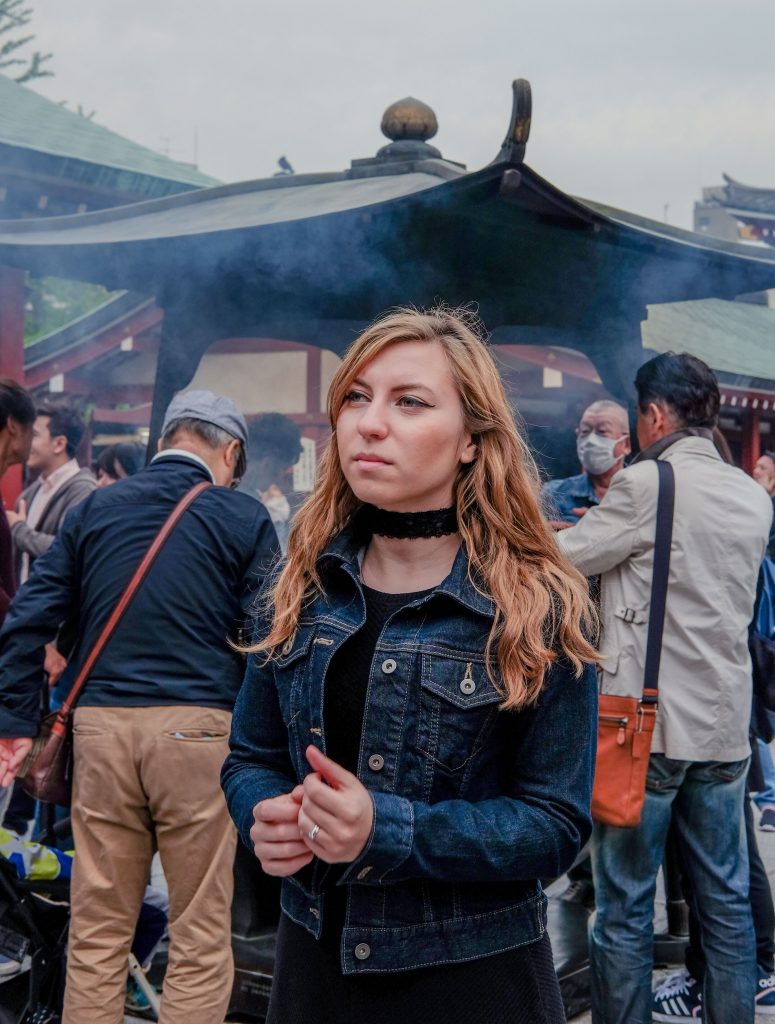
Sensō-ji is situated in Asakusa and is accessible via a short subway journey from any location in Tokyo.The temple is a brief 5-minute stroll from Asakusa Station, which is serviced by the Tokyo Metro’s Ginza and Asakusa Lines, as well as the Tobu Skytree Line.
When to visit
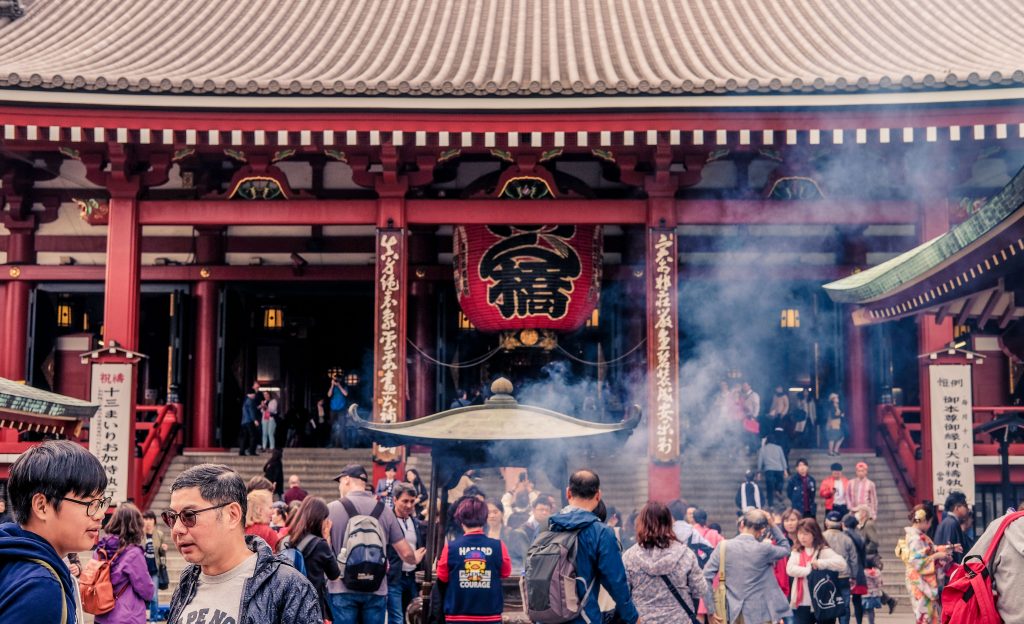
Because it’s a popular tourist destination, you should plan your visit either first thing in the morning or late evening. While the temple grounds remain accessible at all hours, the main temple buildings operate from 6:00 AM to 5:00 PM, extending to 6:30 AM opening from October through March.
Visiting during festivals like Sanja Matsuri in May or the Hozuki Ichi (Ground Cherry Market) in July offer a unique cultural experience, although these events do attract larger crowds.
Point of interest
There are many cool things to see and do at Sensō-ji beyond the temple itself. I recommend spending at least a couple of hours here to make the most out of your experience.
Nakamise-Dori
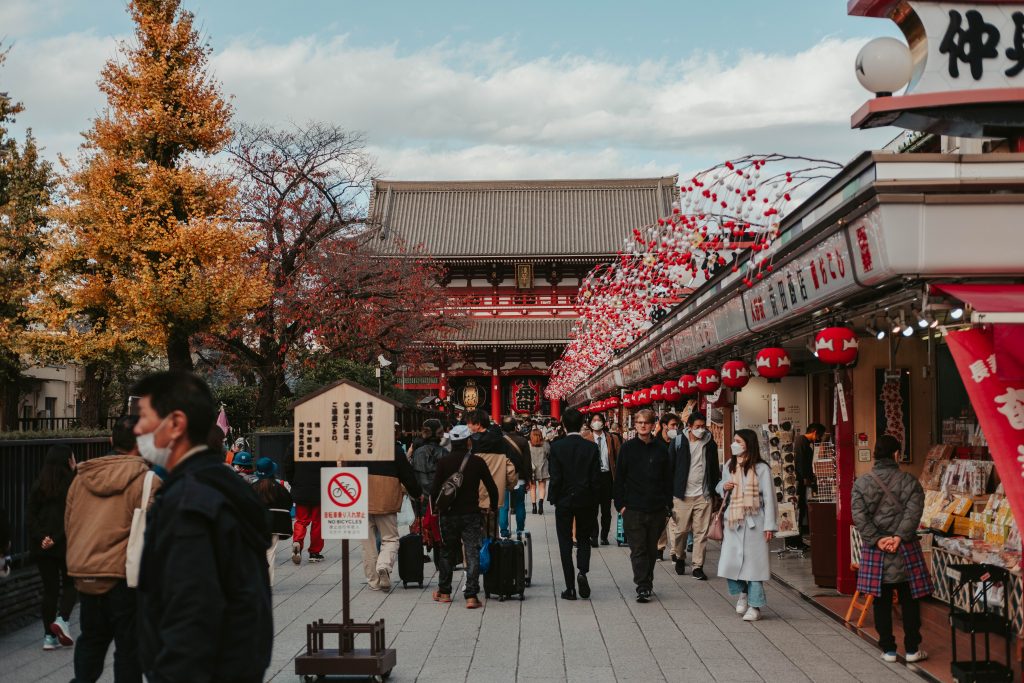
The path leading to Sensō-ji, known as Nakamise-dōri, is a historic street from the 18th century, stretching over a quarter of a kilometre and lined with nearly 90 shops. If you’re visiting during the time when the shops are open, you are in for so much fun. It’s one of my favourite places in Tokyo for street food and souvenirs.
This centuries-old street is perfect for discovering traditional Japanese souvenirs, like folding fans, kimonos, and local crafts.
Foodwise, you will find so many snacks here, including senbei (Japanese crackers), ice cream, dumplings and my personal favourite, fried chicken from Anshin’ya.
For a unique souvenir, grab a Daruma doll. A Daruma doll is a traditional Japanese doll modelled after Bodhidharma, the founder of the Zen tradition. The doll comes with white eyes. The story has it that if you make a wish, you must colour one of the doll’s eyes and wait for your wish to come true, before colouring the doll’s second eye.
Kaminarimon
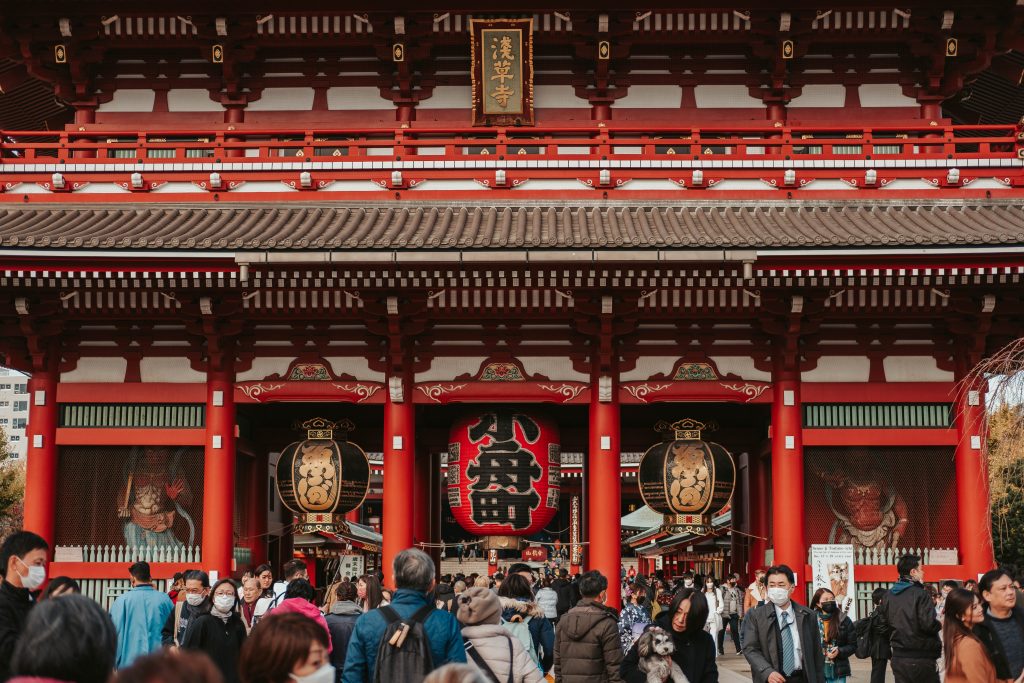
Upon arriving at the entrance of Sensō-ji, you’ll be greeted by the striking Thunder Gate, also referred to as Kaminari-mon.
There are several interesting features to be observed here. The huge coloured red paper lantern, also called a chōchin, two Shinto gods: Fū-jin, the god of wind, and Rai-jin, the god of thunder, as well as two Buddhist gods: Tenryū, the heavenly dragon god, and Kinryū, the golden dragon goddess.
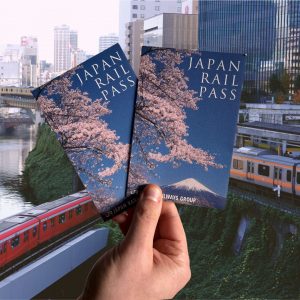
Japan Rail Pass
The optimal way to explore Japan is with a rail pass that is available for durations of 7, 14, or 21 days, offering unlimited travel across the country. Shinkansen included!
Draw an Omikuji
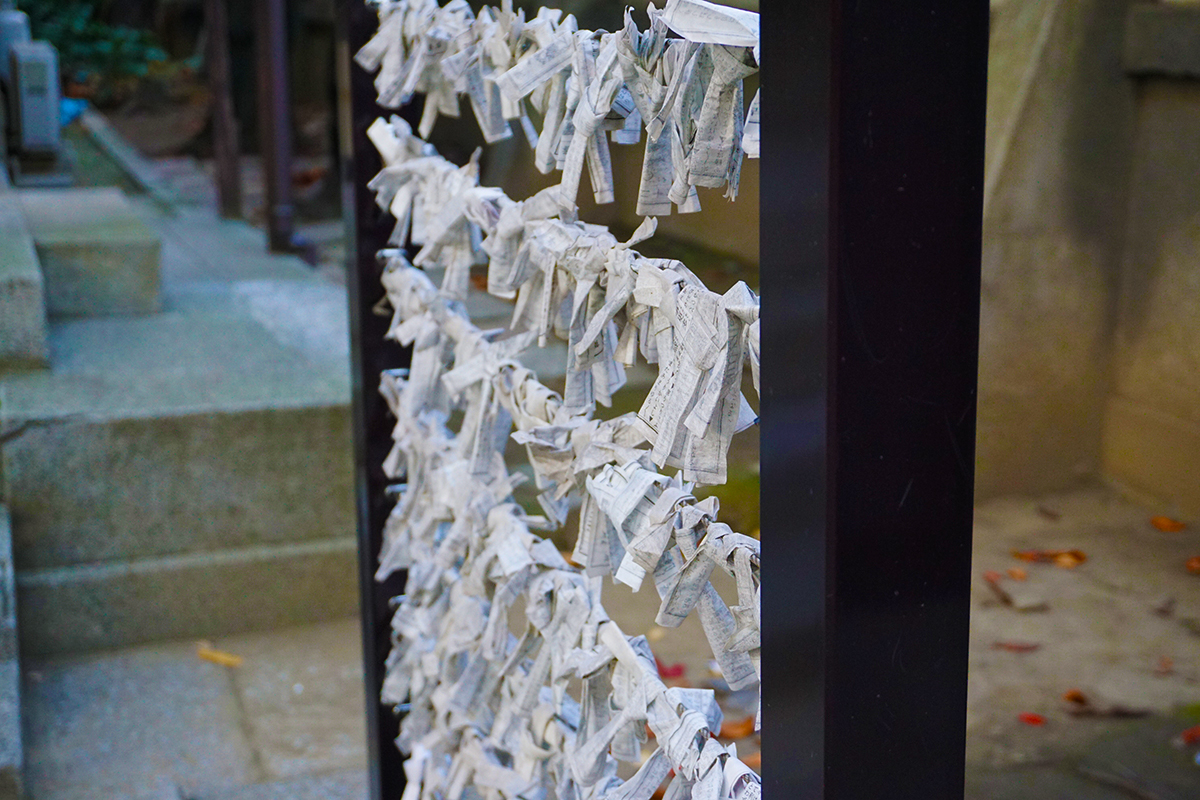
Being the first temple I ever visited in Japan, it was the first time we came across Omikuji: the fortune telling paper strips. You can find them all around Sensō-ji’s grounds.
Trying to find your fortune with an Omikuji can be great fun.
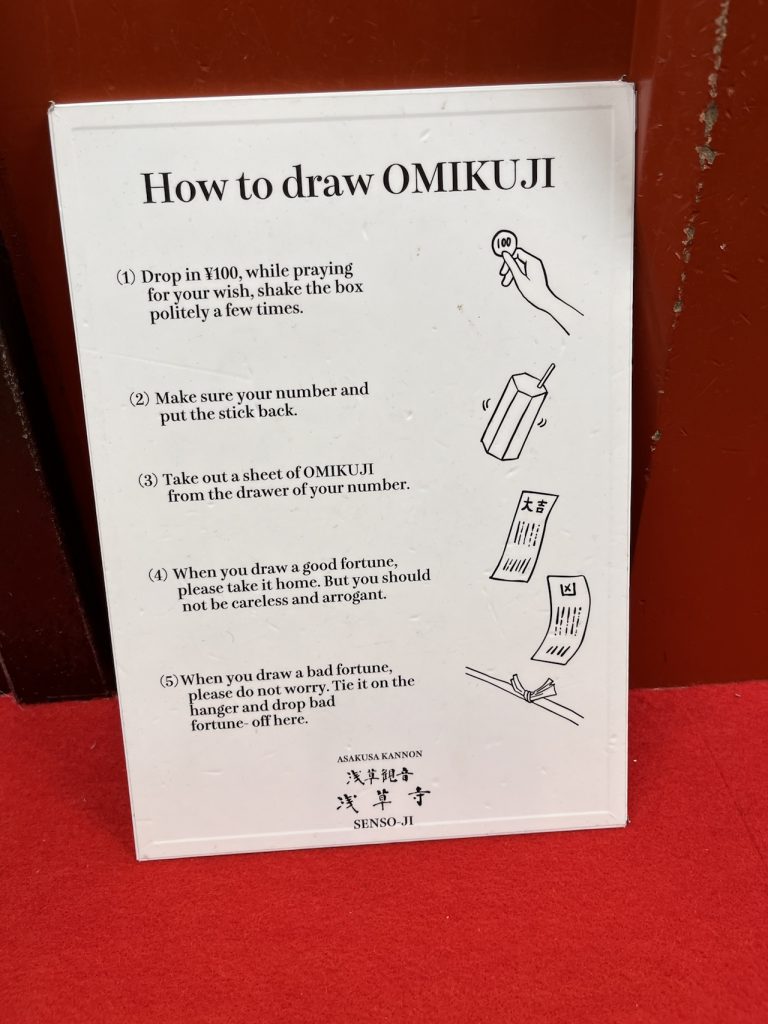
Here’s how to do it:
Pay the small fee and pick up the wooden box provided. Shake it well until a bamboo stick falls out of it. You will find Japanese characters engraved on the stick. Find the matching characters on the wooden drawers next to you. Open your corresponding drawer and grab your fortune paper.
If you get a good fortunate, you can keep the paper. If you get a bad fortunate, you can leave it behind at the temple grounds so the gods can take care of it on your behalf.
Here are some of the items you can find on your Omikuji:
(大吉, dai-kichi): great blessing
(中吉, chuu-kichi): middle blessing
(小吉, shou-kichi): small blessing
(吉, kichi) blessing
(半吉, han-kichi): half-blessing
(末吉, sue-kichi): future blessing
(末小吉, sue-shou-kichi): future small blessing
(凶, kyou): curse
(小凶, shou-kyou): small curse
(半凶, han-kyou): half-curse
(末凶, sue-kyou): future curse
(大凶, dai-kyou): great curse
Make a wish with an Ema
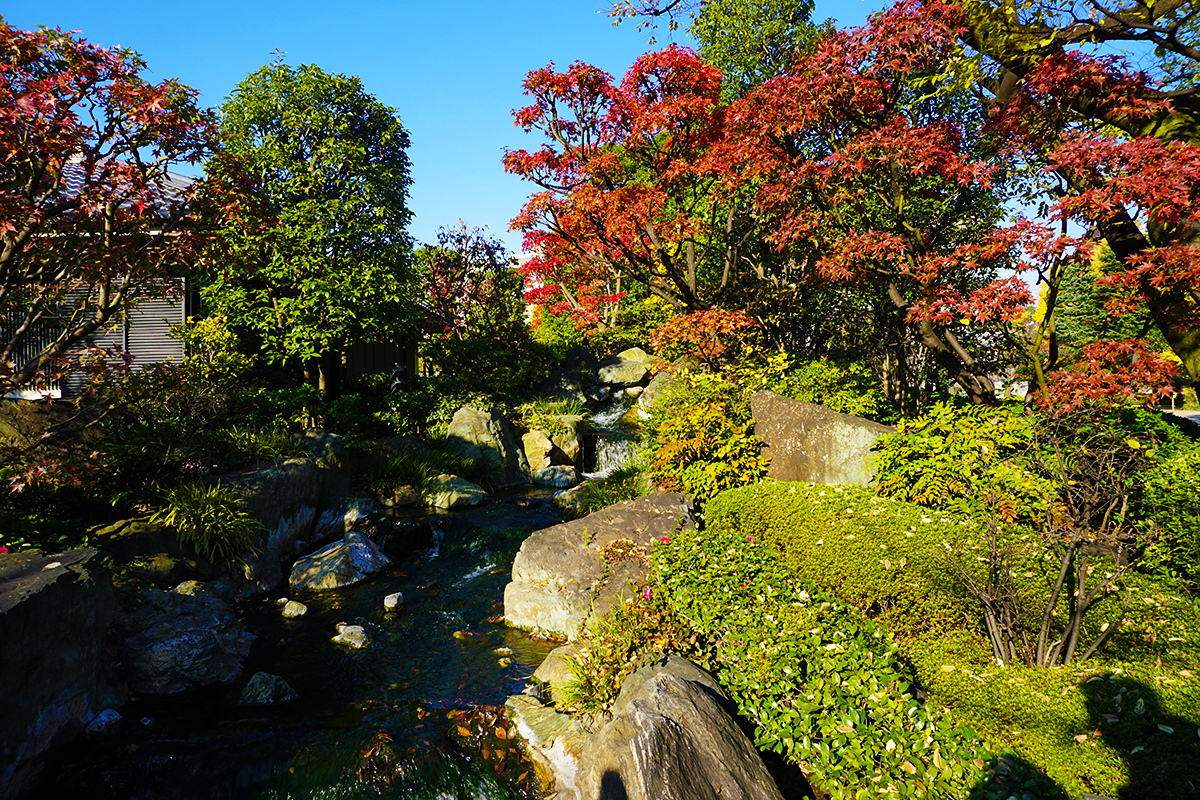
Another great thing you can do whilst at Sensō-ji is buying an ema. An ema is a wooden wishing plaque. This is a Shinto custom, and you can find them at every shrine around Japan. Wait, so how come there are emas at Senso-ji, isn’t Senso-ji a Buddhist temple? I’m glad you asked. Sensō-ji complex includes a Shinto shrine known as Asakusa Shrine, also referred to as Sanja-sama. This shrine is dedicated to the three men who founded Sensō-ji Temple and is located adjacent to the main temple grounds.
You can usually buy an ema from a booth at the temple grounds. There are no strict rules about what to write on your ema, but this is considered a prayer so you can ask for health, love, anything you want really. After you write on it, leave it behind at the temple grounds so the spirits can take care of your wish.
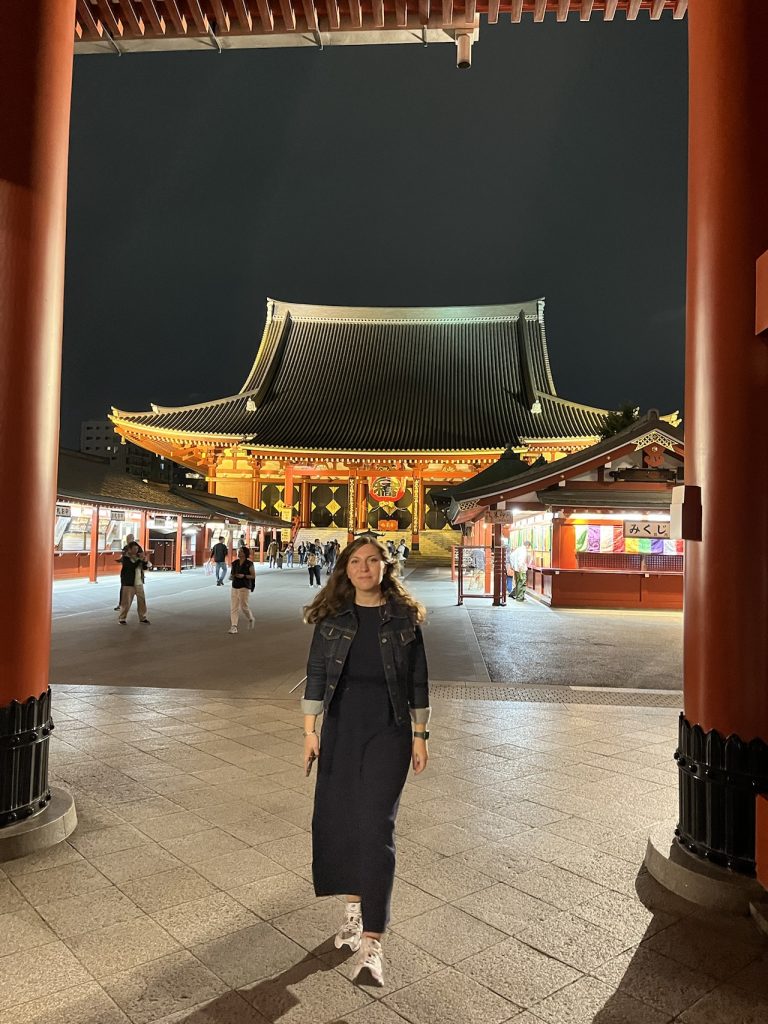
More key points to see:
- Hōzōmon (Treasure-House Gate)
- Main Hall (Honden)
- Asakusa Shrine
- Five-Storied Pagoda
- Dembo-in
- Nitenmon Gate
After your visit
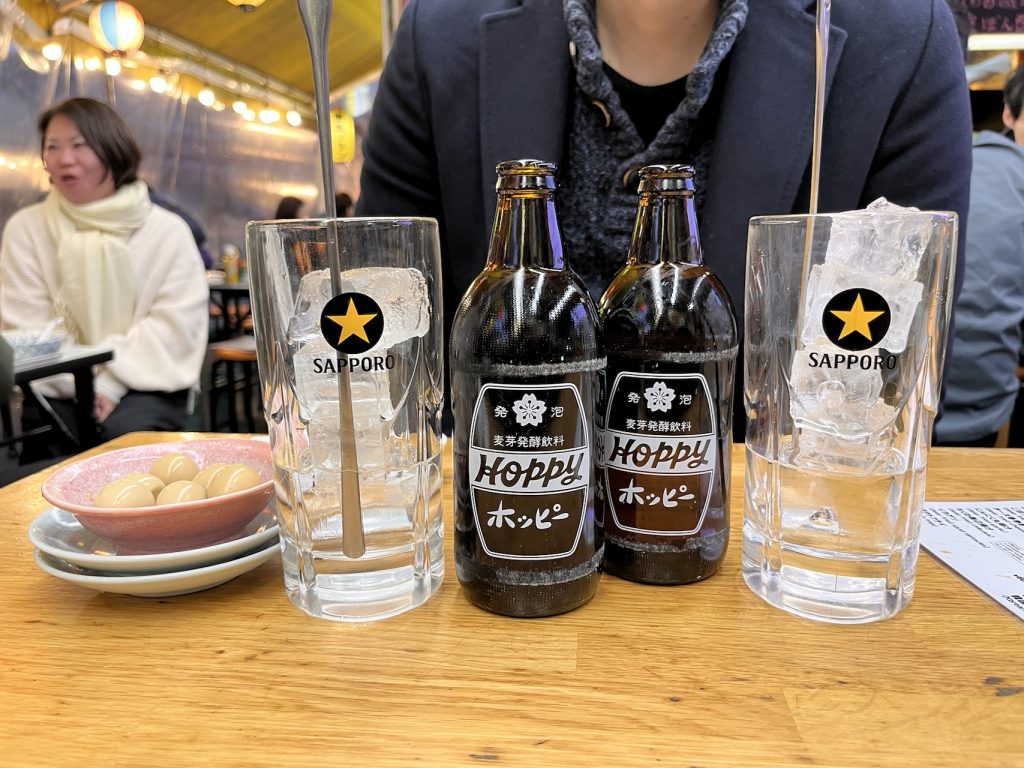
Once you thoroughly checked out the temple grounds, with its beautiful gardens and zen little river, I suggest exploring the side streets adjacent to Nakamise-dōri.
Asakusa has a wonderful collection of intricate streets full of affordable shops which feature fantastic souvenirs and Japanese goods. We walked around Asakusa for hours, and it still didn’t feel like enough time to thoroughly explore it.
Here are some of the foods I recommend trying at Senso-ji:
- Bean paste filled mochi
- Matcha tea sweets (confectionary with matcha tea in them)
- Karē pan (Japanese curry bread)
- Menchi-katsu (mince cutlet)
Grab a Kaminari-okoshi, which is a type of sweet cereal bar made of puffed rice. It is meant to bring good luck to those who eat it, hence is a great Sensō-ji souvenir.
Kappabashi Street
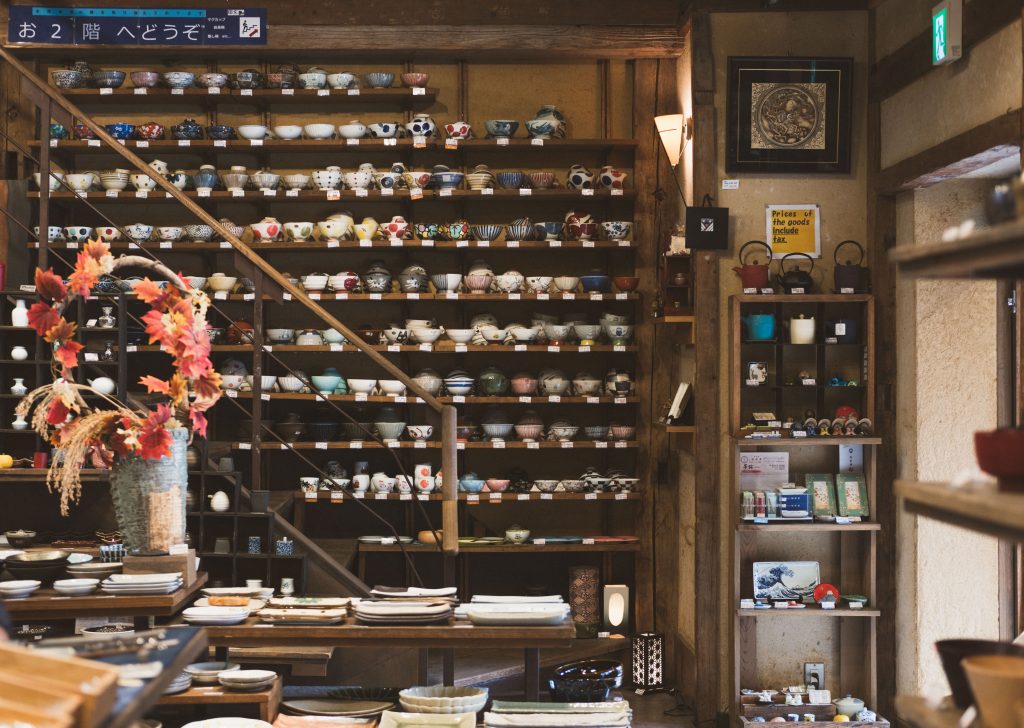
Known as Kitchen Town, Kappabashi Street is a must-visit destination for high-quality, affordable household items and kitchenware. If you want high-quality ramen bowls, chopsticks, superb sake sets, this is the place for you.
This street is home to over 170 unique shops. I recommend checking as many of the shops as possible to find your perfect ceramics. If you decide to buy something, the shopkeeper will wrap them up for you, so you can easily transport these fragile items back home. International shipping is also available in most stores. Just ask.
We found (and bought) amazing chopsticks and chopstick holders, wooden ramen bowls, miso soup bowls, a beautiful noren (noren is the decoration canvas curtain you find at the entrance of a restaurant in Japan).
Hoppy Street
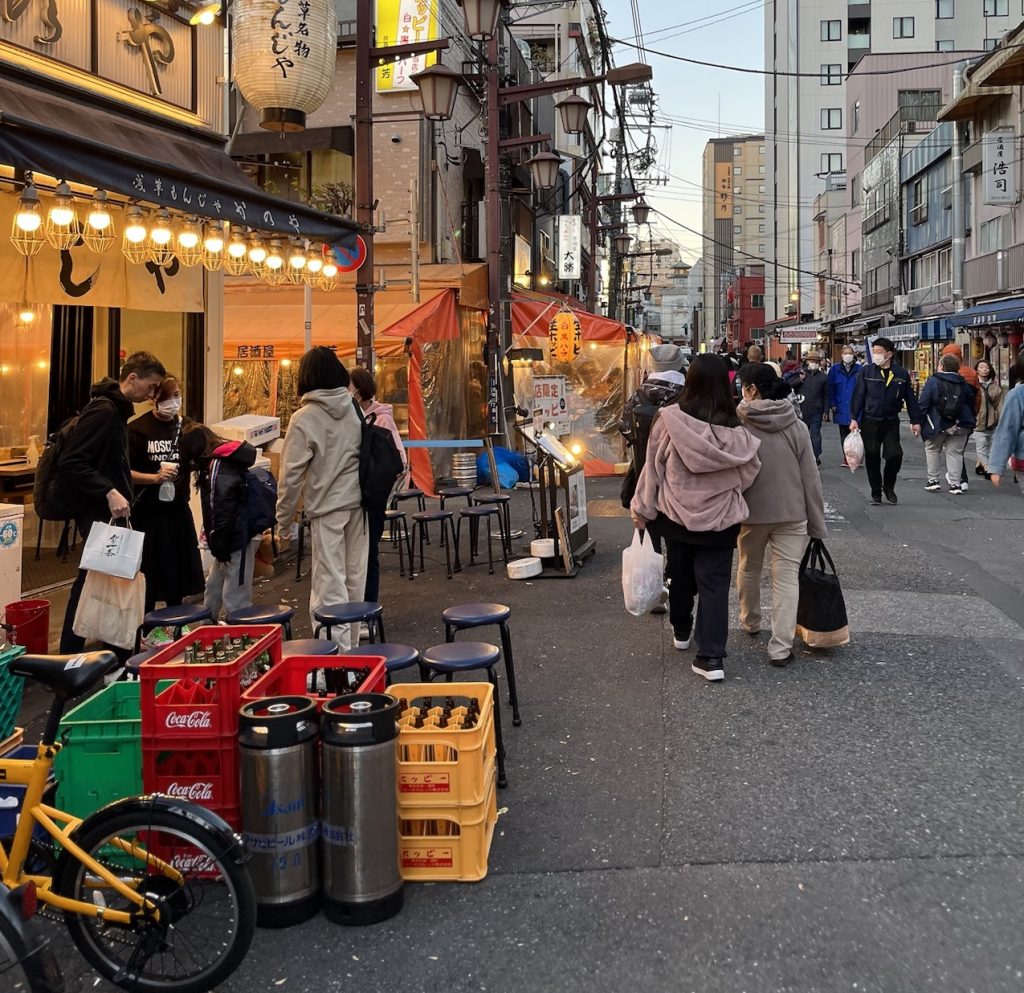
Not many people know about Hoppy Street, but this is one of my favourite places for a retro evening out in Tokyo. Hoppy Street is a narrow alley which gets its name from “Hoppy,” a low-alcohol beer-like beverage popular in Japan since the post-war era.
Hoppy Street is famous for its izakayas (Japanese-style pubs) and outdoor seating. Just note that many of said izakayas will have a seating fee (small charge to take up the table, but you usually get a snack in return). The area retains a nostalgic Showa-era vibe and it’s incredible for evening photography.
Final thoughts
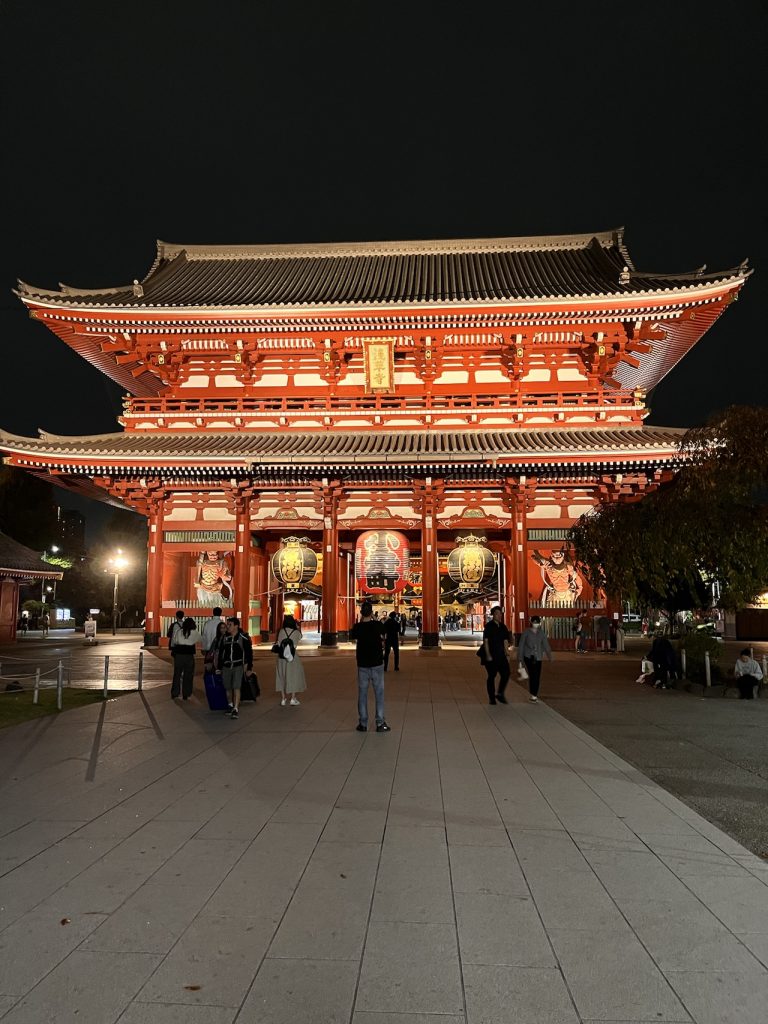
Visiting Sensō-ji and wondering through Asakusa’s streets is something which you should definitely experience during your Japan itinerary. I include a visit to Senso-ji and Asakusa in each one of my guides because I think it’s so important and representative. Besides, it combines a lot of things like seeing a temple, a pagoda, a shrine, enjoying street food, shopping for souvenirs and getting immerse in culture by drawing an omikuji. After so many years, I still continue to visit this temple and I love it, day or night.
Read more Tokyo

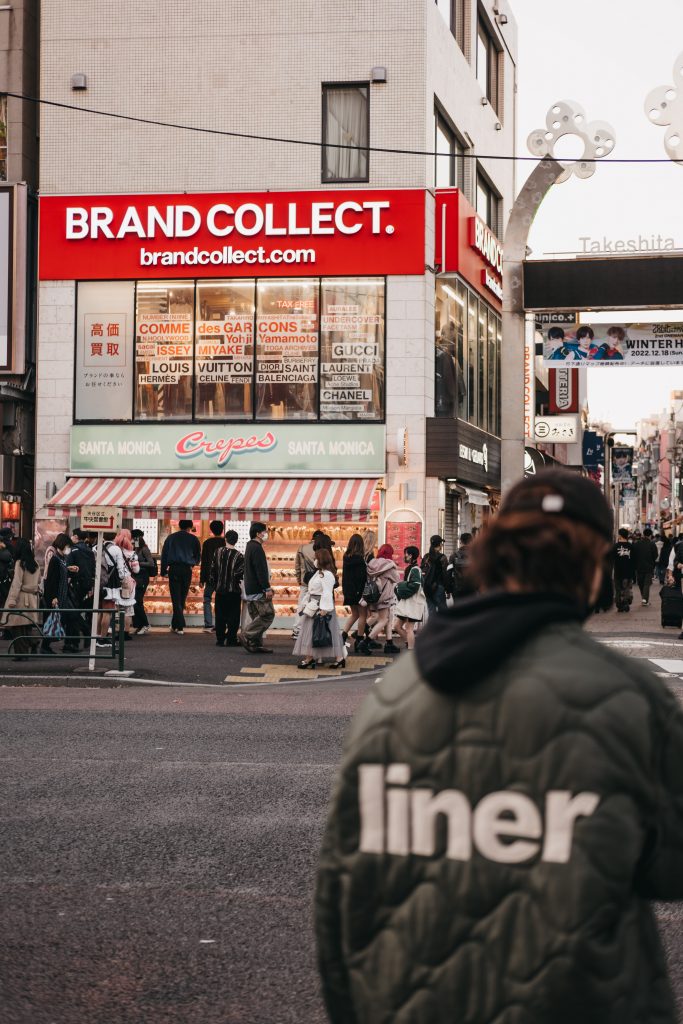
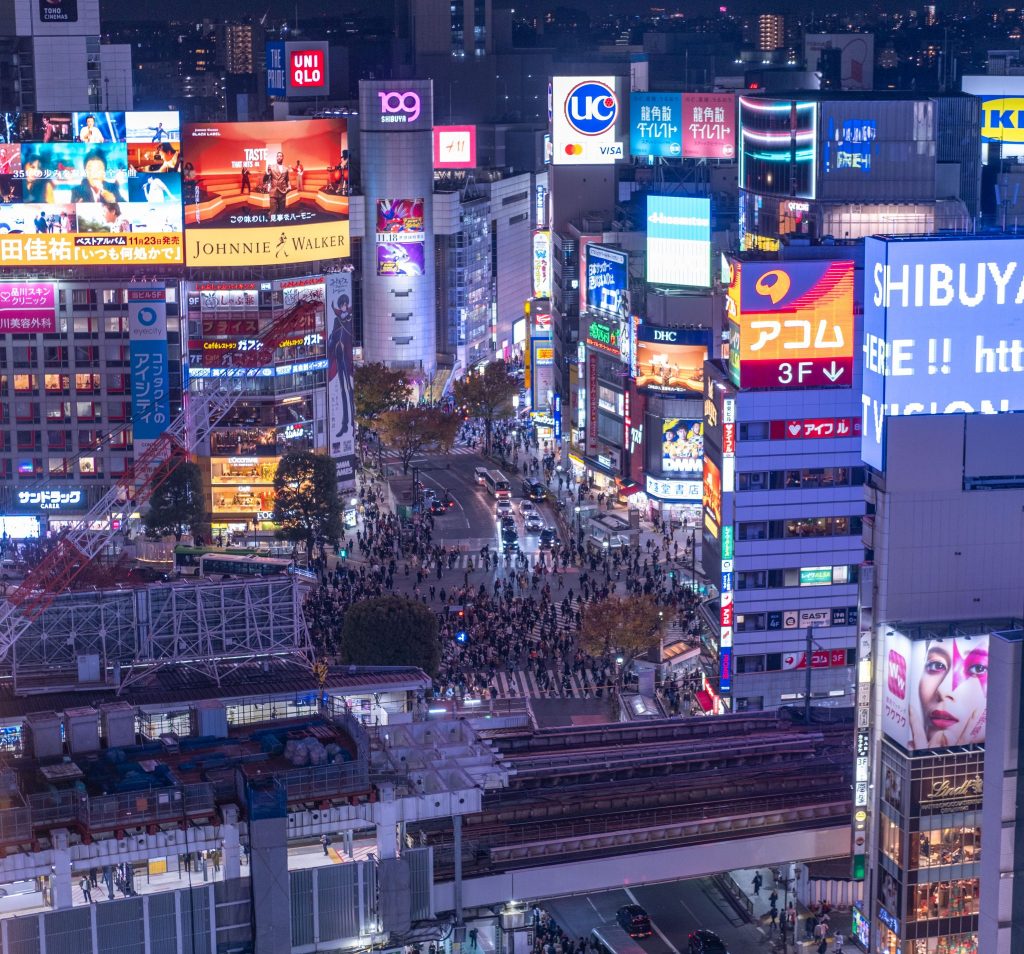
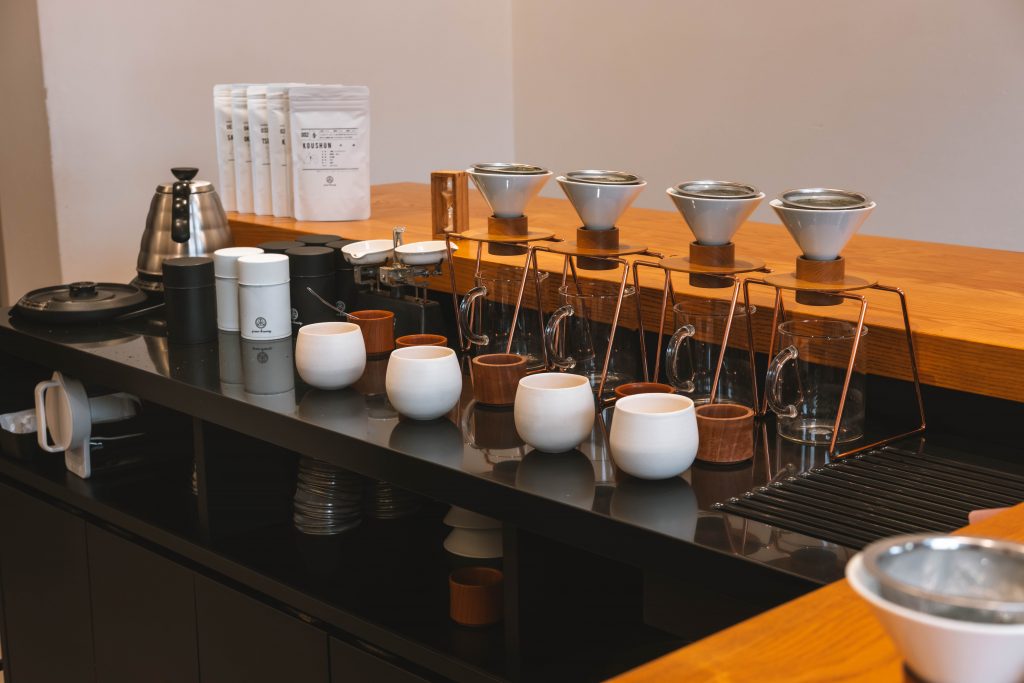
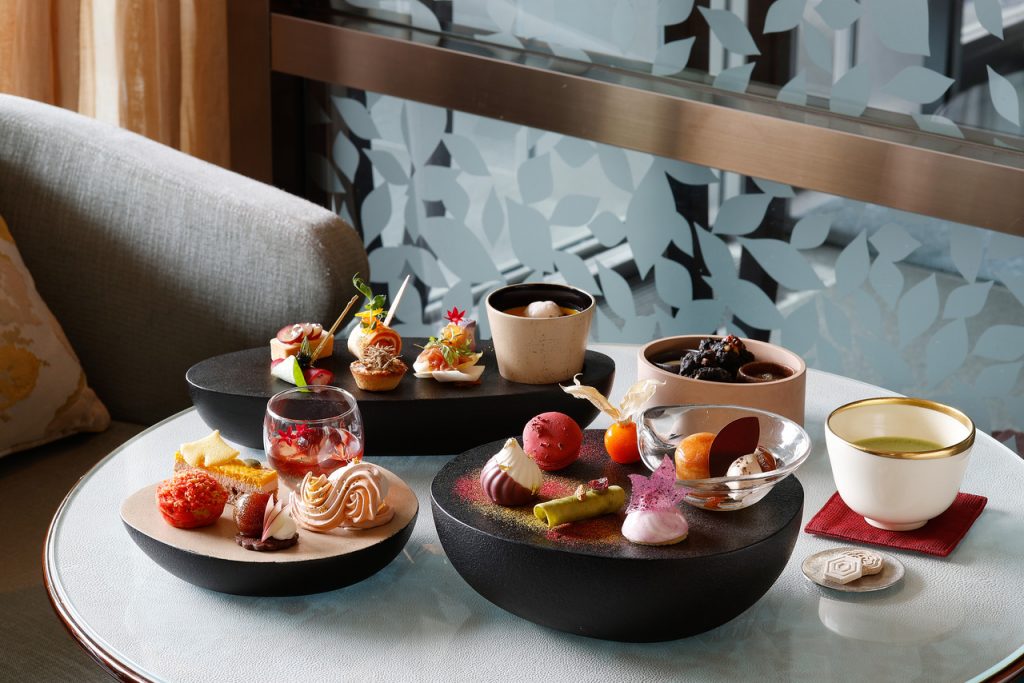
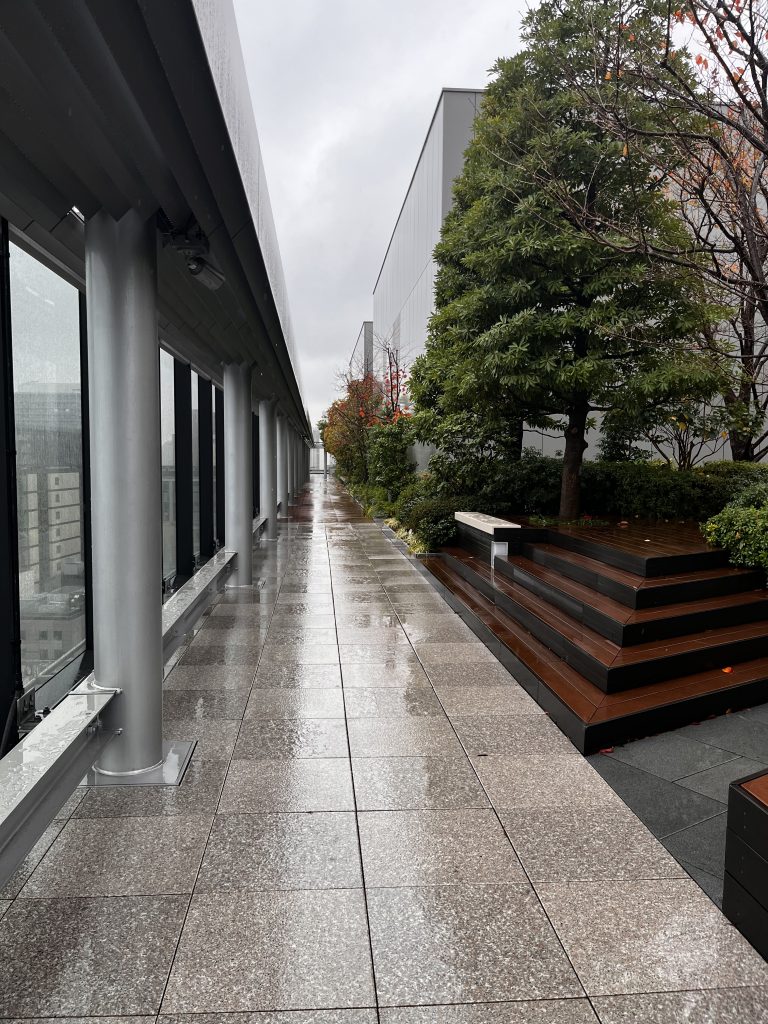
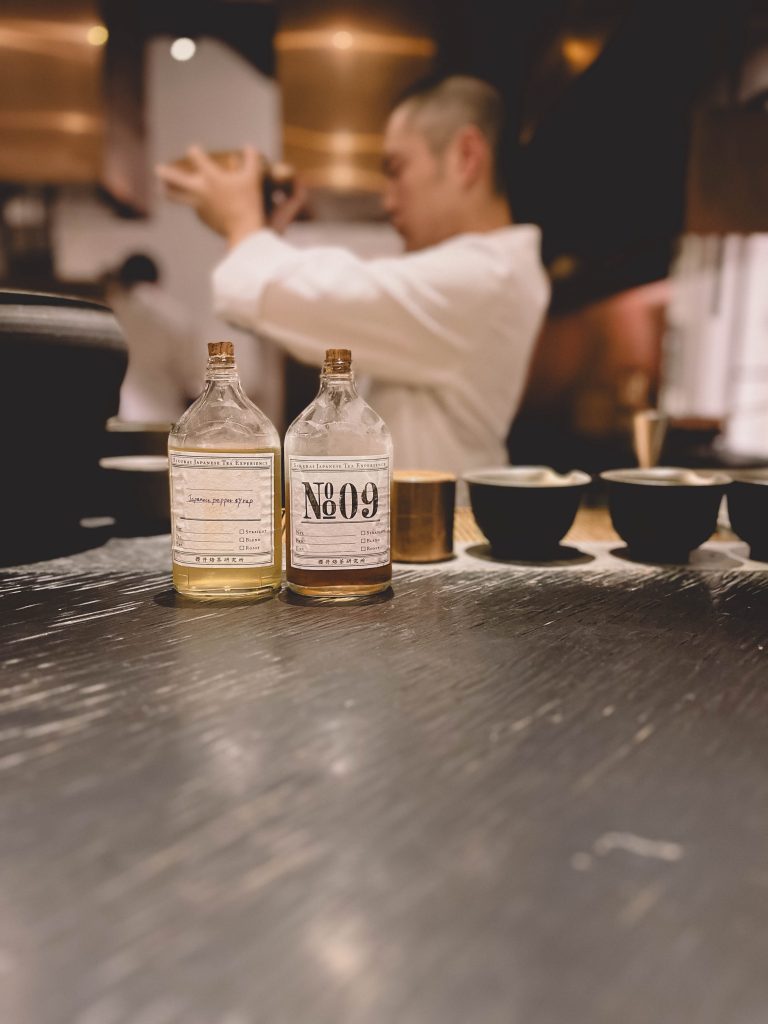
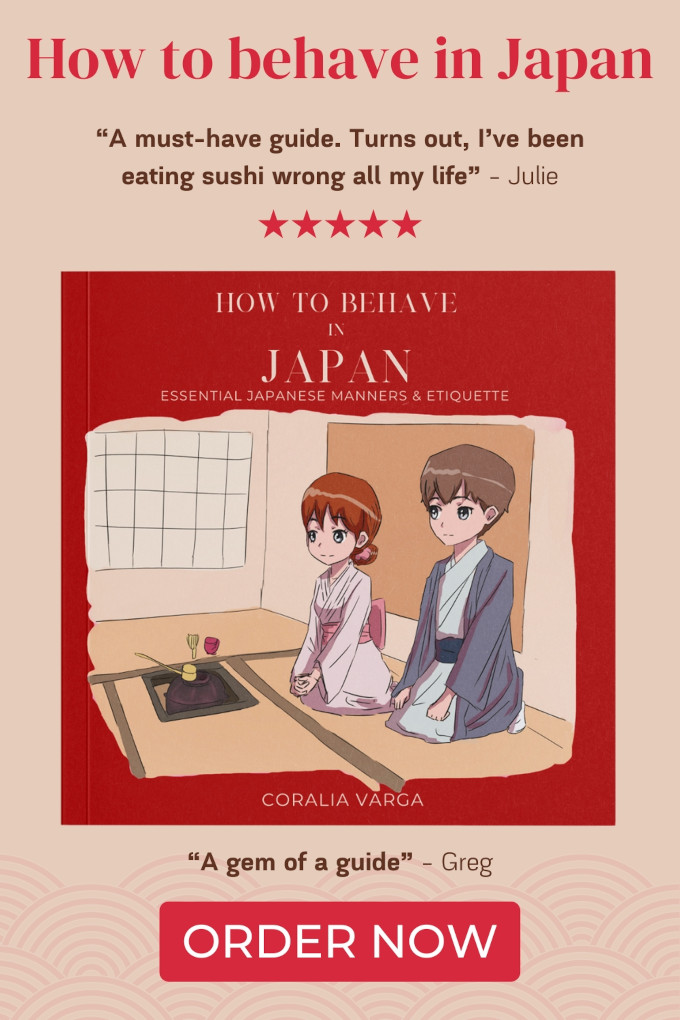

Leave a Reply